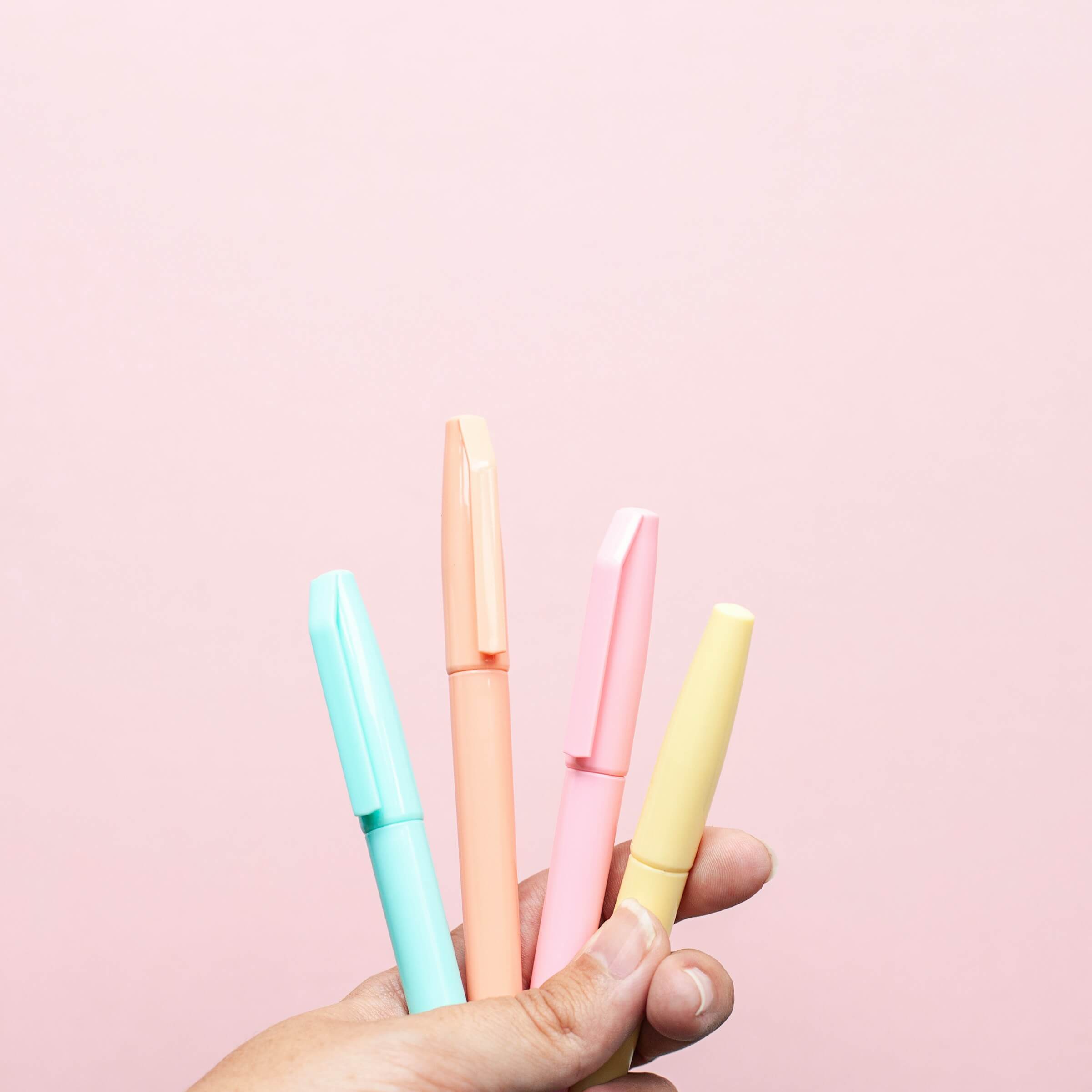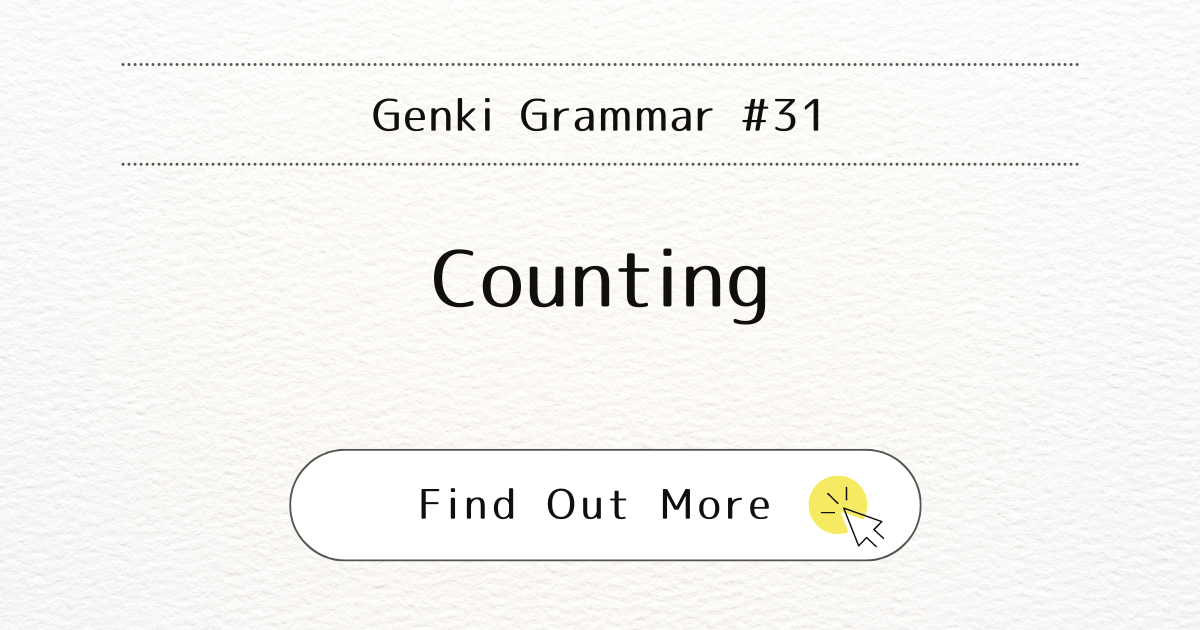
Introduction
In this post, we will learn how to count different types of items in Japanese. Counting in Japanese can be tricky because different words are used for different types of items. Understanding these counting words, or “counters,” is essential for speaking Japanese accurately.
What It Means
In Japanese, counters are specific words used with numbers to count different kinds of objects. For example, the counters used for counting people are different from those used for counting books or flat objects like paper.
When You Use It
Use counters whenever you are counting items in Japanese. The number word usually comes after the item being counted in a sentence.
Examples
マリアさんはTシャツを3枚買いました。(Maria-san wa T-shatsu o san-mai kaimashita.) – Maria bought three T-shirts.
- Here, 3枚 (san-mai) is made up of the numeral 3 (san) and the counter 枚 (mai), which is used for flat objects like T-shirts.
Note
Counters vary based on the type of item being counted. Here are some common counters:
- 人 (nin) for people
- 冊 (satsu) for books
- 本 (hon) for long, cylindrical objects like sticks or pencils
The pronunciation of the numbers can change when combined with certain counters. It’s important to learn these changes to count correctly in Japanese. Please refer to the table below for some common counters and their pronunciations:
| Number | Regular | People -nin | Book -satsu | Long, cylindrical objects -hon | Flat things -mai | Times -kai |
| 1 | いち | ひとり | いっさつ | いっぽん | いちまい | いっかい |
| 2 | に | ふたり | にさつ | にほん | にまい | にかい |
| 3 | さん | さんにん | さんさつ | さんぼん | さんまい | さんかい |
| 4 | よん | よにん | よんさつ | よんほん | よんまい | よんかい |
| 5 | ご | ごにん | ごさつ | ごほん | ごまい | ごかい |
| 6 | ろく | ろくにん | ろくさつ | ろっぽん | ろくまい | ろっかい |
| 7 | なな | ななにん /しちにん | ななさつ | ななほん | ななまい | ななかい |
| 8 | はち | はちにん | はっさつ | はっぽん | はちまい | はっかい |
| 9 | きゅう | きゅうにん | きゅうさつ | きゅうほん | きゅうまい | きゅうかい |
| 10 | じゅう | じゅうにん | じゅっさつ | じゅっぽん | じゅうまい | じゅっかい |
| ? | なん | なんにん | なんさつ | なんぼん | なんまい | なんかい |
・In the table, items written in red show changes in the usual number reading or the reading of the counter itself.
・“Long, cylindrical objects” like Sticks.
・”Flat things” include items like paper or plates.
・”Times” refers to occurrences or repetitions.
Do not use the particle を (o) after counters:
Incorrect: マリアさんはTシャツを3枚を買いました。
Correct: マリアさんはTシャツを3枚買いました。
Conclusion
Mastering counters is essential for counting items accurately in Japanese. By learning different counters and their uses, you can improve your Japanese speaking and understanding.



